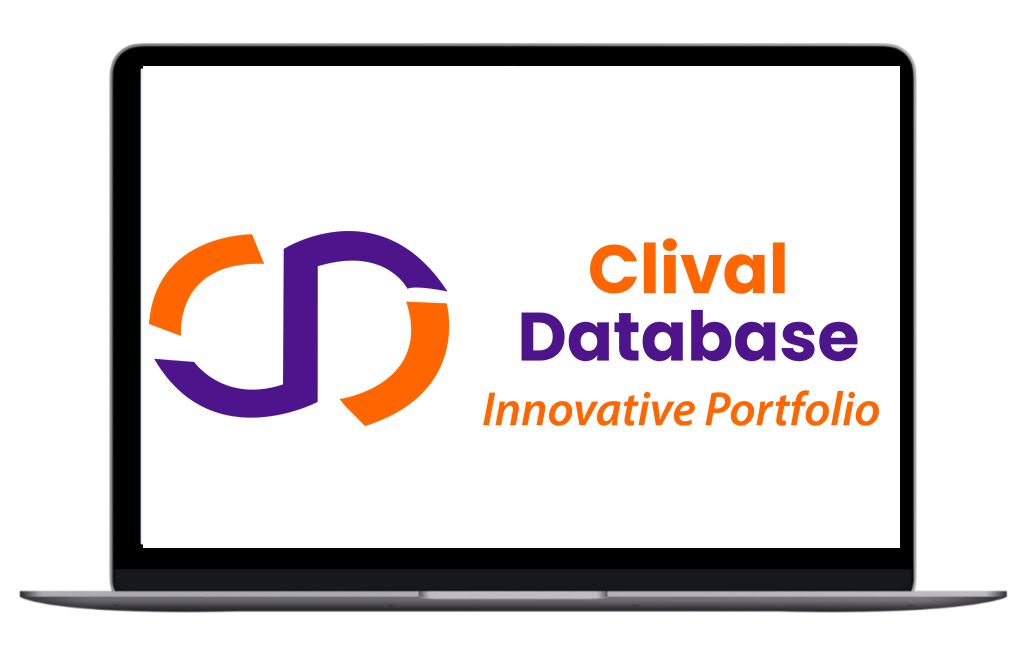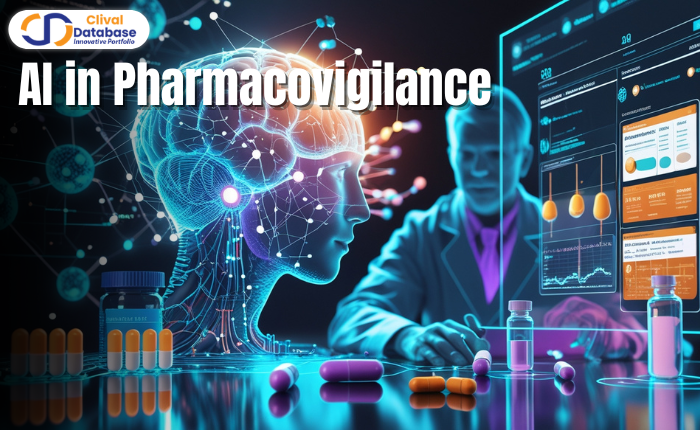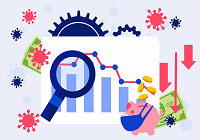Pharmacovigilance in the Age of AI
Artificial intelligence (AI) has become a transformative force in the increasingly digitized healthcare environment. Pharmacovigilance (PV)—the science and practices pertaining to the identification, evaluation, comprehension, and avoidance of side effects or any other drug-related issues—is one of the most revolutionary uses of AI in the pharmaceutical sector.
Historically, pharmacovigilance—the process of identifying, evaluating, comprehending, and averting adverse drug reactions (ADRs) and other safety issues—has depended on regulatory supervision, expert analysis, and manual data collecting. But the industry is changing dramatically with the advent of advanced machine learning (ML) models and artificial intelligence (AI).
Furthermore, in order to guarantee that AI-driven pharmacovigilance systems be implemented uniformly across various geographies, sectors, and regulatory agencies, it is imperative that safety laws be harmonized globally.
This blog examines the development of AI-powered signal detection, the dangers involved, and the advancement of international regulatory harmonization.
The Rise of AI in Pharmacovigilance
Pharmacovigilance has historically relied on clinical trials, electronic health records (EHRs), spontaneous reports, and regulatory databases to identify adverse drug reactions (ADRs).
Real-time data processing, predictive modeling, and automated detection systems are now made possible by AI, giving businesses the ability to spot trends that might point to drug safety problems more quickly than ever before.
1. Automated Adverse Event Detection
Manual data input, spontaneous report assessment, and signal detection are all part of traditional adverse event (AE) reporting.
Electronic health records (EHRs), social media, call center transcripts, and medical literature are just a few of the structured and unstructured data sources that artificial intelligence (AI), in particular machine learning (ML) and natural language processing (NLP), can automatically scan to find possible safety signals in real time.
2. Signal Detection and Management
In large datasets, AI computers can find patterns and correlations that human analysts would miss.
Compared to conventional methods, advanced signal identification techniques, including disproportionality analysis utilizing ML classifiers, can more accurately and earlier identify new safety risks.
3. Case Triage and Report Automation
AI is being used to prioritize cases, categorize AEs according to their gravity, expectedness, and causality, and even automatically create draft individual case safety reports (ICSRs).
This speeds up response times and significantly lessens the workload for safety staff.
4. Global Literature Screening
Pharma businesses may search through hundreds of articles every day for fresh insights related to their medicines using AI-driven literature screening technologies.
These technologies make sure nothing important is missed by ranking and extracting actionable insights.
Advantages of AI-Powered Signal Detection
- Improved Speed & Efficiency: AI speeds up ADR detection by enabling real-time analysis of large datasets.
- Enhanced Accuracy: AI enhances prediction models and removes human bias.
- Cost Reduction: The cost of manual reviews is decreased by automating pharmacovigilance
- Expanded Data Sources: Wearable technologies, social media posts, and patient-reported outcomes are just a few of the various data sources that AI can include.
The Risks: Is AI a Double-Edged Sword?
1. Algorithm Bias and Validation Challenges
AI models have the potential to reinforce or magnify errors if training data is lacking, biased, or not representative. A model trained on Western clinical data, for example, might perform poorly in other groups, missing safety flags.
2. Regulatory Uncertainty and Compliance Risks
There is no standardized regulatory guideline for AI in pharmacovigilance. Although the FDA and other agencies are experimenting with AI frameworks, compliance problems may arise due to the absence of international agreement on validation, auditability, and performance indicators.
3. Over-Reliance and Deskilling
Over-automating PV operations could lead to a loss of subject knowledge and critical thinking. To evaluate AI results in a clinical and regulatory setting, human oversight is crucial. Making poor decisions can result from a blind faith in AI results.
4. Data Privacy and Security
Large amounts of data, frequently including private patient information, are needed for AI models. It is essential to make sure that GDPR, HIPAA, and other data protection rules are followed. Companies may be subject to legal and reputational problems as a result of inadequate anonymization or data breaches.
5. Data Quality & Bias
The quality of the training data defines the degree of performance of AI systems. Inaccurate, biased, or incomplete data may give signal information that is false with regards to safety.
6. Regulatory Gaps
There is an uncertainty of compliance as the AI signal detection rate is faster than the regulatory agencies' adaptation to this new domain.
7.Ethical Concerns
AI may discriminate unintentional prejudices based on demographics, interfering with drug safety evaluations for minority groups.
Global Harmonization of AI in Pharmacovigilance
To fully utilize AI's potential without compromising patient safety, global regulatory harmonization is essential.
1. Standardized Frameworks and Guidelines
Guidelines for the development, validation, and lifecycle management of AI models in PV must be developed in collaboration with the World Health Organization (WHO), the International Council for Harmonization (ICH), and regional authorities.
Regional rules vary widely, even though medication safety is a global concern. Drug risk action is delayed due to inefficiencies brought on by differences in data collection, reporting laws, and review standards.
One global regulatory framework for pharmacovigilance would ensure:
- Collaboration among law enforcement, healthcare providers, and pharmaceutical firms
- Consistent reporting of unfavorable incidents among countries
- Uniform oversight and use of artificial intelligence.
2. Transparency and Explainability Requirements
AI systems' safety judgments need to be explicable. The rationale behind flagging a signal should be clear to regulators and interested parties.
3. Cross-Border Data Sharing Agreements
For AI to be truly useful in PV, anonymized, high-quality safety data must be accessible globally. AI learning can be accelerated and signal detection improved by developing global data transmission protocols that respect privacy regulations.
4. Continuous Monitoring and Human Oversight
Standardized guidelines for AI-enabled pharmacovigilance systems should incorporate human oversight, performance reviews, and frequent audits to offer flexibility and accountability.
Conclusion
AI gives a rage backbone for enhancing the productivity, speed, and accuracy of pharmacovigilance. But the road to adoption must be laid down carefully, with full awareness and consideration for others.
Planning shows much promise for AI, but a balance in regulatory approaches will determine whether it becomes evolutionary success or a risk in pharmacovigilance. Instead of taking the position of human judgment, AI should be utilized as a tool to support patient care standards and improve the abilities of safety specialists.
Frequently Asked Questions

Optimize Your trial insights with Clival Database.
Are you exhausted from the uncertainty of trial insights pricing? Clival Database ensures the clarity in the midst of the global scenario for clinical trials to you.Clival Database is one of the best databases that offers an outstanding number of clinical trial data in terms of 50,000+ molecules and from primary regulatory markets as well as new entrants like Indian and Chinese markets.
Elevate your trial success rate with the cutting-edge insights from Clival database.
Check it out today and make more informed sourcing decisions! Learn More!







